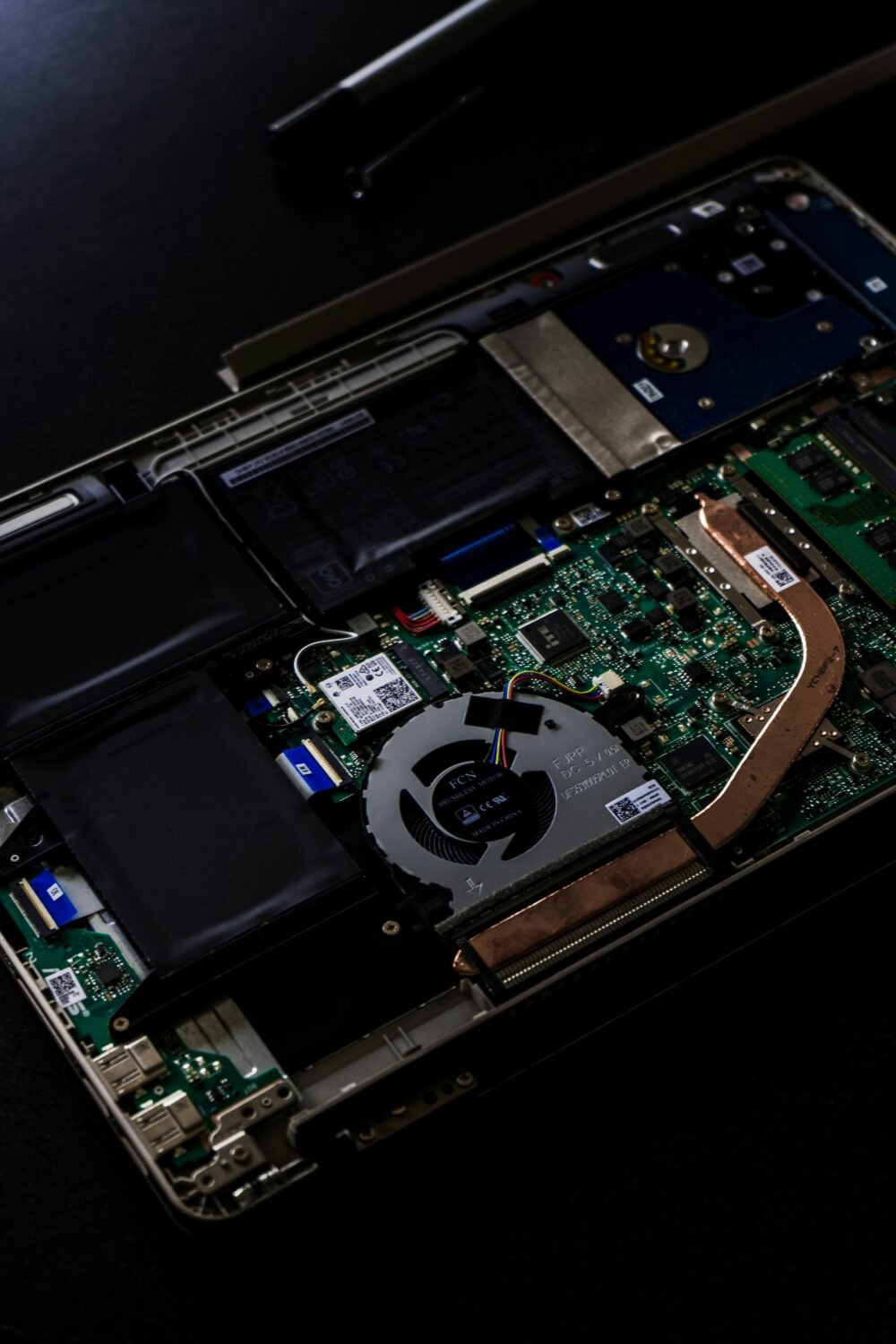Here are some troubleshooting steps for a laptop keyboard that isn’t functioning properly:
1. Restart Your Laptop
- Step: A simple restart can resolve many issues, including those with the keyboard.
- Why: It refreshes the system and clears temporary glitches.
2. Check for Physical Damage
- Step: Inspect the keyboard for any visible damage like missing keys or liquid spills.
- Why: Physical damage can cause keys to malfunction or stop working entirely.
3. Clean the Keyboard
- Step: Gently clean the keyboard using compressed air to remove dust and debris.
- Why: Dirt and debris can get stuck under the keys, preventing them from working correctly.
4. Check the Connection (for Detachable Keyboards)
- Step: If you have a detachable keyboard, disconnect and reconnect it securely.
- Why: A loose connection can cause the keyboard to be unresponsive.
5. Test the Keyboard in Safe Mode
- Step: Boot your laptop into Safe Mode and test the keyboard.
- Why: Safe Mode loads only essential drivers, so if the keyboard works here, the issue might be with software or a driver conflict.
6. Update or Reinstall Keyboard Drivers
- Step: Go to Device Manager > Keyboards > right-click your keyboard > Update driver. If updating doesn’t work, try uninstalling the driver and restarting your laptop to let it reinstall automatically.
- Why: Outdated or corrupt drivers can cause the keyboard to stop working.
7. Check for Sticky Keys or Other Accessibility Settings
- Step: Go to Control Panel > Ease of Access Center > Make the keyboard easier to use. Ensure that Sticky Keys, Toggle Keys, and Filter Keys are turned off.
- Why: These settings can interfere with normal keyboard functions.
8. Test with an External Keyboard
- Step: Connect an external USB keyboard and see if it works.
- Why: This helps determine if the issue is with the laptop’s keyboard hardware or something else.
9. Run a Virus Scan
- Step: Use your antivirus software to perform a full system scan.
- Why: Some malware can interfere with keyboard functionality.
10. Check the Language/Region Settings
- Step: Go to Settings > Time & Language > Language > Keyboard settings. Ensure the correct language and region are selected.
- Why: Incorrect language settings can cause the keyboard to behave unexpectedly.
11. Perform a System Restore
- Step: If the keyboard issue started recently, perform a system restore to a point before the problem began.
- Why: This can undo recent changes that might have caused the issue.
12. Check BIOS Settings
- Step: Restart your laptop and enter the BIOS/UEFI settings (usually by pressing F2, Del, or Esc during boot). Check if the keyboard works here.
- Why: If the keyboard works in BIOS, the issue is likely software-related.
13. Update Your Operating System
- Step: Ensure your operating system is up to date by checking for updates.
- Why: Updates often include bug fixes and improvements that can resolve hardware issues.
14. Factory Reset (As a Last Resort)
- Step: Backup your data and perform a factory reset.
- Why: This should only be done if all other troubleshooting steps fail, as it will erase all data and restore the laptop to its original state.
15. Seek Professional Repair
- Step: If none of the above steps work, consider taking your laptop to a professional technician.
- Why: The issue might be hardware-related, requiring expert repair or part replacement.








